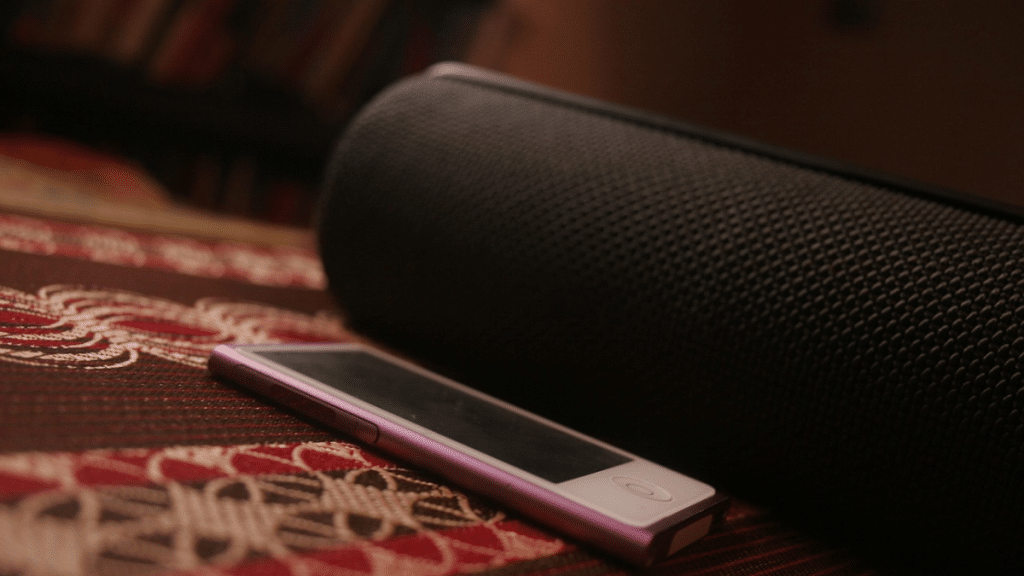Uploading an MP3 directly to YouTube isn’t possible. The platform requires a video format like MP4. Luckily, it’s easy to combine audio with a static image or simple video. Below are four straightforward ways to make this happen, including how to convert MP3 to MP4 quickly. The right method depends on what tools are available and how much customization is needed.
Use a Desktop Converter Tool
One of the fastest and most reliable ways is using desktop software. These programs can attach an image to an MP3 file, creating a video ready for upload. Most desktop converters allow basic editing, trimming, and visual customization. Some even let users batch-convert multiple audio tracks into videos at once. Advantages:
- Full control over file quality
- Supports large audio files
- No internet connection is needed after the download
- Higher speed with no server queue delays
Many reliable converters are available. Some even offer templates for adding visuals. Check out this simple converter for a quick start.
Create a Video with Online Services
If downloading software is not ideal, online converters can do the job. These platforms work directly from the browser. Upload the MP3, add an image or choose from stock visuals, and export the finished video. Some platforms also allow adding short animations to make the video more engaging. Benefits:
- No installation required
- Quick and intuitive
- Accessible from any device
- Often includes basic design elements like frames and text overlays
However, free versions often come with file size limits or watermarks. Privacy is also a concern. It’s smart to check data policies before uploading sensitive content. An example of a trusted online platform is this web-based tool.
Try Video Editing Software
For more creativity, video editing software offers full flexibility. Users can layer images, animations, text, and transitions over the audio. This method is perfect for podcasts, music tracks, or any content that benefits from a more polished look. A video editor also allows customizing resolution settings to match YouTube’s recommended specifications, ensuring better visibility. Key advantages:
- High-quality video output
- Add multiple images, effects, and subtitles
- Better control over frame rates and codecs
- Export in various aspect ratios like 16:9, 1:1, or 9:16
Editing programs may require a little more time to learn. But for professional-looking results, they are worth it. Consider using this free editor if you want to experiment without a steep learning curve.
Convert on Mobile Apps
It’s easy to create videos straight from a smartphone or tablet using mobile apps. These apps often include simple templates where users upload an MP3, pick a background image, and tap “export.” Some even allow direct YouTube uploads. Editing on mobile is perfect when a computer is not nearby. Mobile apps offer:
- Convenience on the go
- Quick editing and exporting
- Direct sharing to YouTube and other platforms
- Some apps offer built-in copyright-free images to use as backgrounds
However, mobile options sometimes compress the final video more aggressively, affecting quality. Watching file settings carefully can help avoid this. A handy mobile solution can be found here.
Final Thoughts
Choosing the right method depends on personal needs. Desktop converters are perfect for fast, high-quality results. Online platforms work when speed and ease matter. Full editors offer creative freedom, while mobile apps are great for on-the-go tasks.
No matter which method fits best, the key is finding a balance between convenience, quality, and control. Taking the time to learn how to convert MP3 to MP4 properly ensures that every YouTube upload looks and sounds great. A little preparation goes a long way toward creating professional-looking content.
